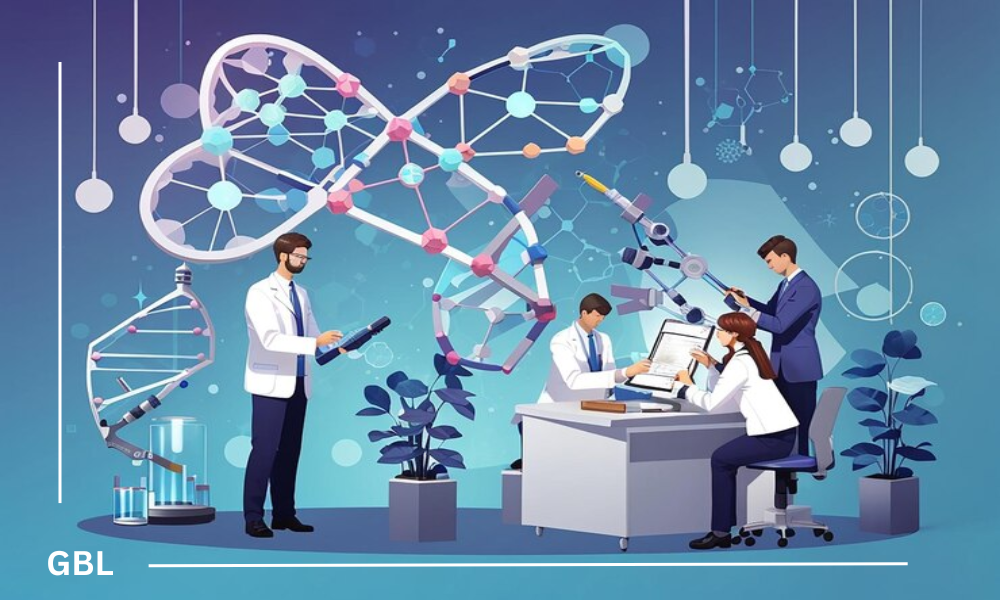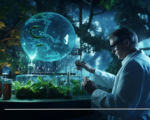In the quiet suburbs of Anytown, USA, the Johnson family’s life took an unexpected turn when their youngest son, Tommy, was diagnosed with spinal muscular atrophy (SMA) at just six months old. What began as a routine check-up soon became a whirlwind of hospital visits, consultations with specialists, and endless nights filled with worry and uncertainty.
“It felt like our world was crumbling,” recalls Sarah Johnson, Tommy’s mother. “SMA is such a cruel disease, robbing children of their ability to move, to play, to live a normal life. We felt helpless.”
But amidst the darkness, a glimmer of hope emerged in the form of a groundbreaking biotechnology breakthrough. Researchers at a nearby biotech firm had developed a revolutionary gene therapy for SMA, offering the Johnson family a lifeline they never thought possible.
“We were skeptical at first,” admits David Johnson, Tommy’s father. “We’d heard about experimental treatments before, but nothing ever seemed to pan out. But something about this gene therapy felt different – like it could be the answer we’d been praying for.”
The Johnsons wasted no time in enrolling Tommy in the clinical trial. Over the following months, they watched with bated breath as their son received the experimental treatment, hoping and praying for a miracle.
Their prayers were answered when, just six months after starting the gene therapy, Tommy began to show signs of improvement. Slowly but surely, his muscle strength started to return, and the once-distant dream of walking and playing like other children became a tangible reality.
“It was like watching a miracle unfold before our eyes,” says Sarah, tears of joy glistening in her eyes. “To see Tommy taking his first steps, to hear him laugh and play without inhibition – it was beyond anything we could have imagined.”
Today, Tommy is a happy and healthy three-year-old, full of boundless energy and an infectious zest for life. Thanks to the remarkable biotechnology breakthrough that saved his life, he now faces a future filled with endless possibilities.
“We owe everything to the researchers who never gave up on finding a cure,” says David, his voice filled with gratitude. “Their dedication and perseverance have given our family a second chance at happiness, and we’ll be forever grateful.”
As the Johnson family looks towards the future, they do so with renewed hope and optimism, knowing that with biotechnology by their side, anything is possible.

















